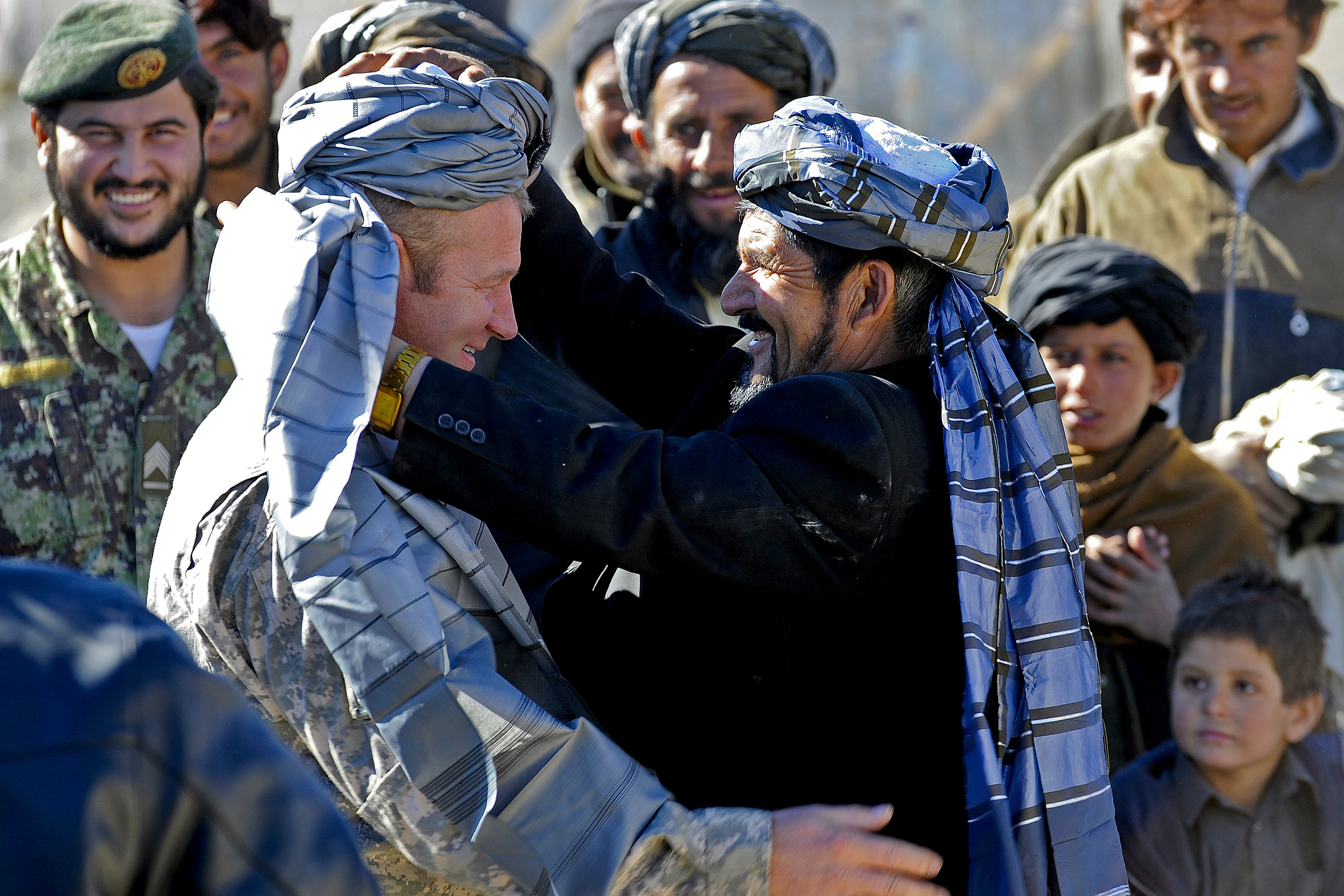|
Turbans
A turban (from Persian دولبند, ''dolband''; via Middle French ''turbant'') is a type of headwear based on cloth winding. Featuring many variations, it is worn as customary headwear by people of various cultures. Communities with prominent turban-wearing traditions can be found in, the Punjabis, the Indian subcontinent, Southeast Asia, the Middle East, the Balkans, the Caucasus, Central Asia, North Africa, West Africa, East Africa, and amongst some Turkic peoples in Russia. A keski is a type of turban Majorly worn by female Sikhs, a long piece of cloth roughly half the length of a traditional "single turban", but not cut and sewn to make a double-width "Double Turban" (or Double Patti). Wearing turbans is common among Sikh men ( Dastar), and infrequently women. They are also worn by Hindu monks. The headgear also serves as a religious observance, including among Shia Muslims, who regard turban-wearing as ''Sunnah mu'akkadah'' (confirmed tradition). The turban is als ... [...More Info...] [...Related Items...] OR: [Wikipedia] [Google] [Baidu] |
Dastar
A dastār is an item of headwear associated with Sikhism and Sikh culture. The word is loaned from Persian through Punjabi. In Persian, the word ''dastār'' can refer to any kind of turban and replaced the original word for turban, ''dolband'' (دلبند), from which the English word is derived. Among the Sikhs, the ''dastār'' is an article of faith that represents equality, honour, self-respect, courage, spirituality, and piety. The Khalsa Sikh men and women, who keep the Five Ks, wear the turban to cover their long, uncut hair ('' kesh''). The Sikhs regard the ''dastār'' as an important part of the unique Sikh identity. After the ninth Sikh Guru, Tegh Bahadur, was sentenced to death by the Mughal emperor Aurangzeb, Guru Gobind Singh, the tenth Sikh Guru created the Khalsa and gave five articles of faith, one of which is unshorn hair, which the ''dastār'' covers. [...More Info...] [...Related Items...] OR: [Wikipedia] [Google] [Baidu] |
Headwear
Headgear, headwear, or headdress is any element of clothing which is worn on one's head, including hats, helmets, turbans and many other types. Headgear is worn for many purposes, including protection against the elements, decoration, or for religious or cultural reasons, including social conventions. Purposes Protection or defence Headgear may be worn for protection against cold (such as the Canadian tuque), heat, rain and other precipitation, glare, sunburn, sunstroke, dust, contaminants, etc. Helmets are worn for protection in battle or against impact, for instance when riding bicycles or motor vehicles. Fashion Headgear can be an article of fashion, usually hats, caps or hoods. The formal man's black silk top hat was formerly an indispensable portion of the suit, and women's hats have, over the years, attained a fantastic number of shapes ranging from immense confections to no more than a few bits of cloth and decorations piled on top of the head. Some hats, such a ... [...More Info...] [...Related Items...] OR: [Wikipedia] [Google] [Baidu] |
Ammama
''Imama'' or ''Ammama'' or '''Emma'' (Persian language, Persian : عمامه, Arabic language, Arabic: عمامة; Sudanese Arabic language, Egyptian Arabic: عمة IPA: Help:IPA/Sudanese Arabic, [ˈʕem.mæ] or AMMĀMA, Arabic ʿEMĀMA) is a type of turban. It is symbolically significant to Muslims, Muslim men. It is common especially with men in Iran, Afghanistan and Yemen, as well as North Africa. Wearing this headgear symbolizes authority, strength and honor. The Muslim headwear for men typically consists of two portions. The first portion is the solid cap, known as a Taqiyah (cap), taqiyah. The second portion is the outer cloth wrap, known as an Imama (the turban). Some scholars instruct Muslim men to either wear both together, or none at all, as a way to distinguish Muslim men from non-Muslim men. Hadith sources of the custom Amamma wearing is mentioned in the Hadith literature. Abu Dawud mentioned in his Sunan that Muhammad said, "The difference between us and the ... [...More Info...] [...Related Items...] OR: [Wikipedia] [Google] [Baidu] |



